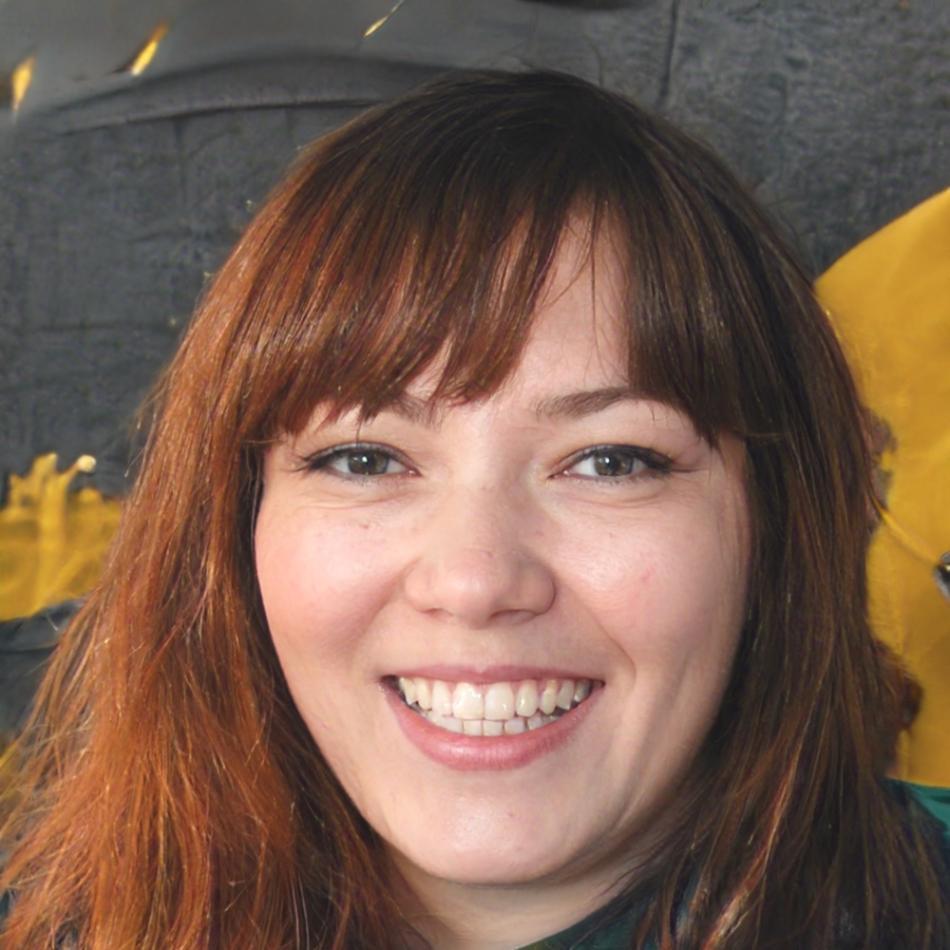Understanding Financial Statements Without the Confusion
Most people look at balance sheets and feel overwhelmed. We break down the complexity into patterns you can actually recognize and use. Our autumn 2025 program starts with real company reports—not textbook examples that never match what you'll see at work.
View Program Details
How We Got Here
Started by people who got tired of explaining the same financial concepts differently until something finally clicked.
First Workshop Series
Ran a small group session for local business owners who needed to understand their own financials. The feedback convinced us there was something here worth expanding.
Program Structure Development
Spent most of the year testing different teaching approaches. Some flopped completely. Others worked better than expected. We kept what actually helped people retain information.
Regional Expansion
Started working with participants across Thailand. Learned that financial analysis anxiety is pretty universal, regardless of industry or background.
Industry Recognition
Featured in several business education publications. More importantly, past participants started recommending colleagues, which told us we were doing something right.
Next Chapter
Launching advanced modules based on specific requests we kept getting. Also developing resources for people who prefer learning at their own pace between structured sessions.
Real Documents First
We use actual published financial statements from companies you've heard of. You'll see how terminology varies between industries and why context matters more than memorizing definitions.
Pattern Recognition
Instead of drowning you in formulas, we teach you what to look for. Healthy companies show certain patterns. Struggling ones show different signals. You learn to spot both.
Small Group Format
Maximum 12 people per session. This isn't about watching someone lecture for three hours. You'll work through examples, ask questions when confused, and actually discuss what you're seeing.
What We've Accomplished
These numbers represent real people who came in feeling uncertain about financial analysis and left with practical skills they could apply immediately. Some went on to change roles. Others simply felt more confident in meetings where financials came up.

How the Learning Environment Works
You're not sitting alone with a textbook. The program involves working with others who have similar questions and different perspectives on the same material.
Group Analysis Sessions
Everyone looks at the same financial statement, but people notice different things. Hearing what others caught helps you develop a more complete analytical approach.
Peer Discussion
Sometimes the best explanation comes from someone who just figured it out themselves. They remember what was confusing and can explain the breakthrough moment clearly.
Ongoing Network
Past participants stay in touch. Not in a forced networking way—more like having people you can message when you encounter something new and want a second opinion.
Industry Mix
We deliberately include people from different sectors. Someone from retail sees things differently than someone from manufacturing, and those different viewpoints make the analysis richer.

I used to nod along in budget meetings while secretly having no idea what the numbers meant. After this program, I can actually follow the conversation and ask useful questions. The small group format made it okay to admit when something didn't make sense, which honestly was most of the time at first.
September 2025 Cohort Opens Soon
Next program starts mid-September with both weekday evening and Saturday morning options. Sessions run for eight weeks with practical assignments between meetings.
